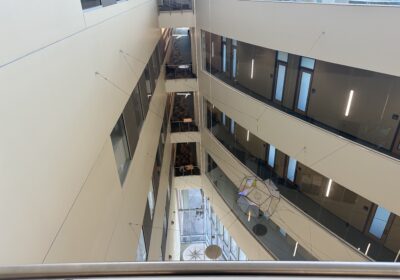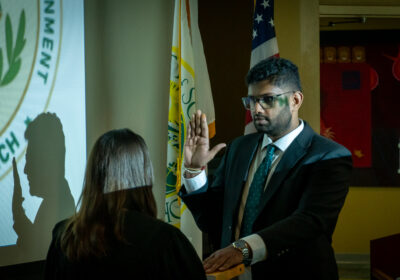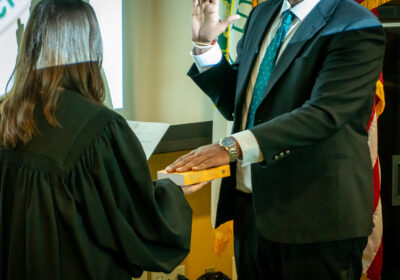Research from Mayan ruins may fuel learning
The Mayan ruins of Takalik Abaj in Guatemala may be centuries old, but a team from USF’s Alliance for Integrated Spatial Technologies (AIST) has spent the past three months viewing them in a brand new way.
A team of 55 researchers, assistants and general staff is using 3-D imaging technology to document and digitally collect artifacts they find at sites in the region, and it may help advance learning at the University in the future, said Lori Collins, who co-founded AIST with Travis Doering.
“It’s basically archaeology without digging. We can document our findings in entirety without the need to touch the artifacts,” Collins said.
The data, which the team collects and shares with other researchers globally, will be used in classrooms at USF and could open for new developments and innovations within the field, she said.
The site of Takalik Abaj is significant because it contains a large amount of stone monuments that depict images of deities, kings and the earliest symbols of language found in the “new world”, Collins said.
While in Guatemala, the team is able to stay on an active coffee and rubber plantation called a finca. Its research site, an ancient city where Mayan priests often conducted rituals, is located in the lush terraces of the Sierra Madre Mountains – 45 kilometers from the Mexican border.
Because the research site extends onto private property and other fincas, the Guatemalan government helped to facilitate communication among the different owners, Collins said.
The research was funded by a grant – $127,810, according to its Web site – from the National Science Foundation, which includes funds to employ two USF graduate students, Jeff DuVernay and Bart McLeod, for 18 months.
Collins said another part of the grant involves teaching and training a team of Guatemalan archeologists who will maintain a sister site for USF researchers. The team is leaving about $10,000 worth of equipment, including GPS systems and computers.
“We’ve been training and showing them how to use some of the equipment so that when we leave, the research can continue,” Collins said.
DuVernay, who is now analyzing the field data that has been collected, said the research also provides a unique opportunity for USF students to learn new technologies in archeology. Undergraduate and graduate students will study the data in portions of two new courses offered in fall 2010.
“This research has the opportunity to expose students to these technologies in a way that has not been possible before here at USF,” DuVernay said.
One of the courses, Museum Informatics, will display collected images as case studies, while Technology for Heritage Preservation will illustrate the effectiveness of using new technology in different ways, Collins said.
McLeod said it is important for students to gain exposure to high definition documentation techniques because they are playing important roles in heritage preservation.
“Being able to effectively bring the images into the classroom in a scalable digital format allows students to gain exposure to these technologies in a way that is engaging and interactive,” McLeod said.






